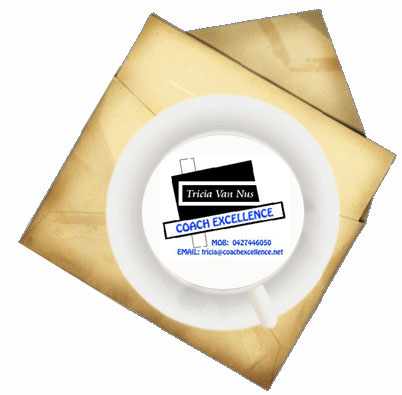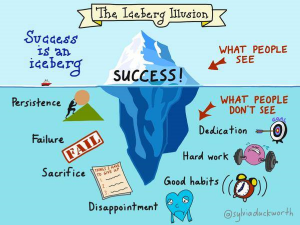VISION & SHOOTING
SPORTS VISION AND TARGET SHOOTING.
Visual Errors Affect Performance
Accuracy depends on eyes ability to gauge a separation of two objects and recognise symmetry. The rifle shooter requires optimal contrast between the foresight ring and aiming mark – this can be achieved through choice of iris opening, foresight ring size, managing fatigue, eliminating reflections and glare, trialling filters and optimising vision. Proper aiming depends on being consistent in maintaining sight alignment and is dependent on visual acuity (clarity of sight).
Visual Aids
Refractive errors are correctable with shooting frames and lenses, rear sight lenses and contact lenses. Non-reflective lenses protect eyes from annoying reflections. Lenses and filters need to be easy to clean as dusty lenses can cause errors and strain.
Shooting Frames
 Lens must be correctly centred to avoid distortion – shooting frames and lens holders can be centred before the line of sight regardless of the shooters position. Normal glasses are usually not suitable. Some shooters are choosing to have their prescription in a shooting frame as well as having additional lenses of either +0.25D or -0.25D held in a lens holder before or behind the front sight, these additional lenses are either added or removed depending on the sight picture being influenced by fatigue or environmental conditions.
Lens must be correctly centred to avoid distortion – shooting frames and lens holders can be centred before the line of sight regardless of the shooters position. Normal glasses are usually not suitable. Some shooters are choosing to have their prescription in a shooting frame as well as having additional lenses of either +0.25D or -0.25D held in a lens holder before or behind the front sight, these additional lenses are either added or removed depending on the sight picture being influenced by fatigue or environmental conditions.
Choosing Filter Tints:
 Tints selectively filter light by absorbing it and reducing transmission – for example, amber filters blue light. Light is focussed in a tighter range, chromatic blur is reduced and clarity and contrast are enhanced. There is no consensus on which tints are better to use, however the most acceptable are yellow and orange filters of light and medium densities.
Tints selectively filter light by absorbing it and reducing transmission – for example, amber filters blue light. Light is focussed in a tighter range, chromatic blur is reduced and clarity and contrast are enhanced. There is no consensus on which tints are better to use, however the most acceptable are yellow and orange filters of light and medium densities.
As a rule choose the lightest tint you can wear without having to squint or feel uncomfortable and choose the correct tint before competition by comparing the colours on the ground before shooting.
Visual Skills:
Optimal visual skills improve performance and reduces visual fatigue. Even if you already wear prescription lenses or contact lenses, the visual skills you need for optimum sports performance probably need improvement. If you do not require a vision prescription, your visual skills may still be enhanced through vision training.
Visual training can be prescribed to improve visual stamina, focusing, eye movement control, eye teaming, eye hand coordination and mental rehearsal. In shooting, best accuracy occurs when the eye focuses at the foresight and not at the target at the moment of shot release.
Depth of field is the range of distances which the eyes perceives as being in focus. Maximising depth of field allows the eye to concentrate on the sight picture, without constantly trying to shift focus between the foresight and the aiming mark. The depth of field can be improved by adjusting the rear sight aperture.
Seeing Spots Before Your Eyes (Floaters)
 Floaters are particles within the eye. They are distracting if on line of sight but are normally ignored by the brain. Floaters appear more often with dry eye and dehydration, also stress and fatigue can bring them into consciousness. An eye examination is required. Some simple treatments includes relieving fatigue, treating dry eye, staying hydrated and flicking the eye before firing to move the floaters away.
Floaters are particles within the eye. They are distracting if on line of sight but are normally ignored by the brain. Floaters appear more often with dry eye and dehydration, also stress and fatigue can bring them into consciousness. An eye examination is required. Some simple treatments includes relieving fatigue, treating dry eye, staying hydrated and flicking the eye before firing to move the floaters away.
Dry Eyes Or Sore Eyes
Dry eye blurs vision; degrade image quality and hence visual performance. Treatments include taking vitamin supplements, using tear supplements, cooling eyes with cold compresses, refreshing lids with saline lid cleans and protecting from wind and glare with sunglasses.
Preventing Eye Fatigue
Protect the eye from excessive light. Blacken any bright spots or reflections in the fields of vision, on the surface of the gun or sights. A foresight tunnel can be fitted with extensions front and back to reduce glare. Prevent barrel reflections by covering with cloth tape or mirage band.
During aiming, the same receptors are at work and danger of fatigue is significant. An after-image may occur from fatigued receptors. It is important to manage eye fatigue during shooting by avoiding shifting the point of focus too frequently and avoid prolonged aiming (5-8 seconds maximum). Also blink normally, avoid staring, look away during pauses and rest the aiming eye by scoping with the non-aiming eye. When checking inner position, some close eyes, others prefer to avoid pupil fluctuations by looking down with an unfocussed gaze at a dull surface which has even tones of grey (least photo receptor activity), green or blue.
Full Examination
A full examination is where common eye conditions are detected and treated. The old prescriptions and shooting lenses are measured and compared against the new prescription.
Visual skills are assessed and if required, a program of visual training will be designed to improve the skills required for shooting. A full eye examination should be done at least every two years and is covered by Medicare. No referral is required.
Whatever your Target Sport discipline may be, poor visual acuity will stop you realizing your full potential.
See your preferred optical profession for best advice.
Enjoy the challenge
Tricia

